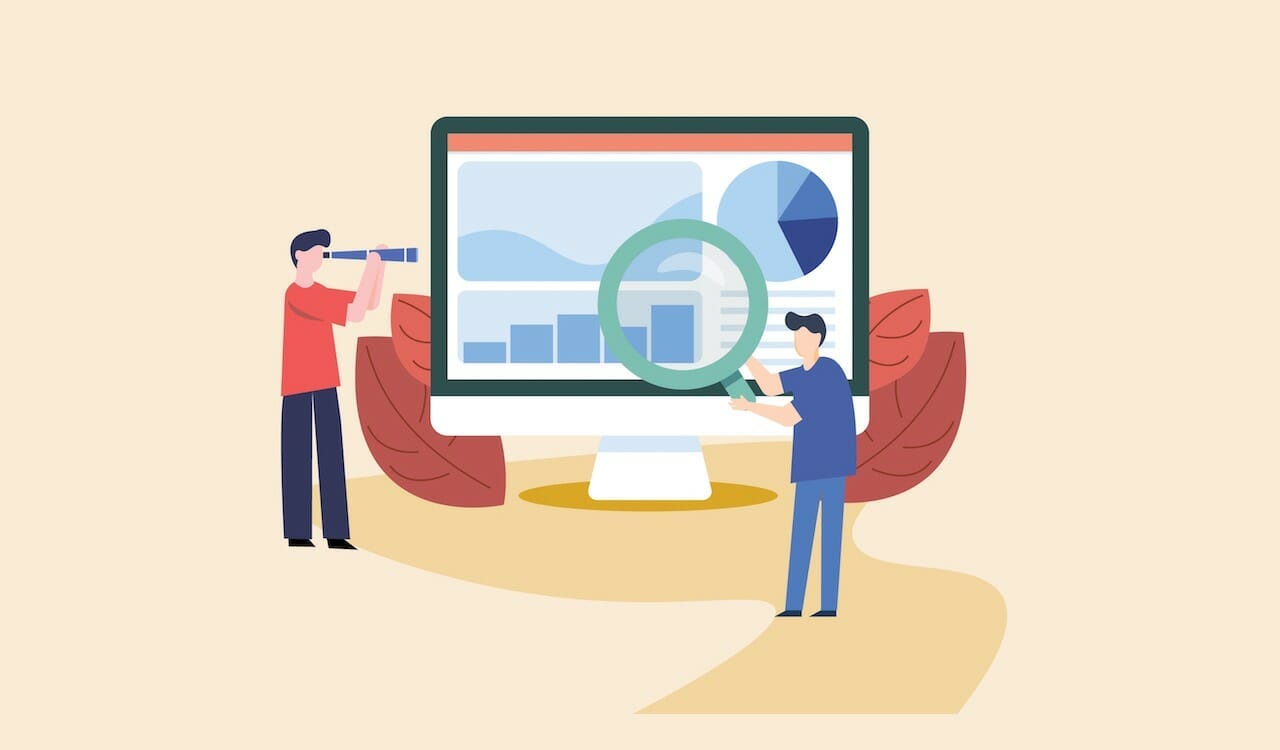In today’s digital age, understanding your competitors is crucial for the success of any business. Competitor online analysis involves evaluating the digital footprint of your competitors to gain insights into their strategies, strengths, and weaknesses.
Why Conduct Competitor Online Analysis?

1. Understanding the Competitive Landscape
By conducting competitor online analysis, businesses gain a comprehensive understanding of the competitive landscape. This insight allows them to identify emerging trends, market gaps, and potential growth opportunities.
2. Identifying Strengths and Weaknesses
Analyzing competitors’ online presence helps businesses identify their strengths and weaknesses. This information enables companies to capitalize on their competitors’ weaknesses while leveraging their strengths to gain a competitive edge.
Key Metrics for Competitor Analysis
Successful competitor analysis relies on tracking key metrics that offer valuable insights into competitors’ digital strategies.
1. Website Traffic
Examining competitors’ website traffic provides valuable insights into their online visibility and audience engagement.
2. Social Media Presence
Assessing competitors’ social media presence helps businesses understand their engagement levels, content strategies, and audience demographics.
3. Keywords Ranking
Analyzing competitors’ keyword rankings allows businesses to identify relevant search terms and optimize their content for improved search engine visibility.
Competitor Analysis Tools
Several tools are available to help businesses conduct comprehensive competitor analysis:
- SEMrush: Provides insights into competitors’ organic and paid search strategies, backlink profiles, and keyword rankings.
- Ahrefs: Offers detailed insights into competitors’ backlink profiles, content strategies, and keyword rankings.
- SimilarWeb: Provides data on competitors’ website traffic, audience demographics, and referral sources.
Steps to Conduct Competitor Online Analysis
1. Identify Competitors
Start by identifying direct and indirect competitors within your industry or niche.
2. Analyze Website Traffic
Use tools like SEMrush or SimilarWeb to analyze competitors’ website traffic, including visitor demographics, engagement metrics, and referral sources.
3. Assess Social Media Engagement
Evaluate competitors’ social media profiles to assess their engagement levels, content strategy, and audience demographics.
4. Investigate Keyword Strategies
Analyze competitors’ keyword rankings to identify high-performing keywords and gaps in your keyword strategy.
Common Pitfalls to Avoid
While conducting competitor analysis, it’s essential to avoid common pitfalls that can undermine its effectiveness:
- Focusing Only on Direct Competitors: Expand your analysis to include indirect competitors and emerging players in the market.
- Ignoring Changes in Trends: Stay updated on industry trends and adapt your strategies accordingly.
- Overlooking User Experience: Consider factors such as website design, navigation, and mobile optimization when assessing competitors’ online presence.
Conclusion
Competitor online analysis is a valuable tool for businesses seeking to gain insights into their competitive landscape. By understanding competitors’ strategies, strengths, and weaknesses, businesses can make informed decisions and stay ahead in today’s dynamic marketplace.
To experience the power of data-driven insights firsthand, request a demo from AIM Technologies today. Discover how our cutting-edge solutions can help you uncover hidden opportunities and drive strategic growth initiatives.
FAQs
Why is competitor analysis important for businesses?
- Competitor analysis helps businesses understand their competitive landscape and identify growth opportunities.
Which metrics should businesses track when conducting competitor analysis?
- Businesses should track metrics such as website traffic, social media engagement, and keyword rankings.
What are some common challenges in conducting competitor analysis?
- Common challenges include identifying relevant competitors, interpreting data accurately, and staying updated on industry trends.
How often should businesses conduct competitor analysis?
- Businesses should conduct competitor analysis regularly to stay informed about changes in the competitive landscape.
What are some recommended tools for conducting competitor analysis?
- SEMrush, Ahrefs, and SimilarWeb are popular tools for conducting comprehensive competitor analysis.




